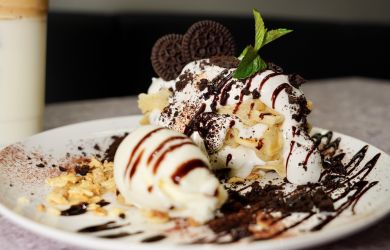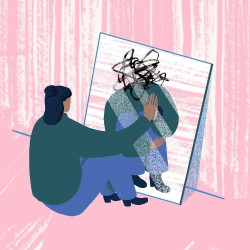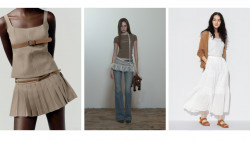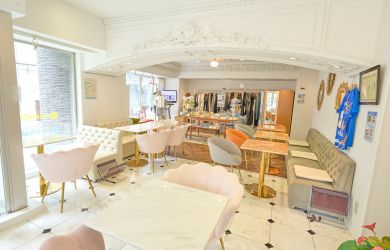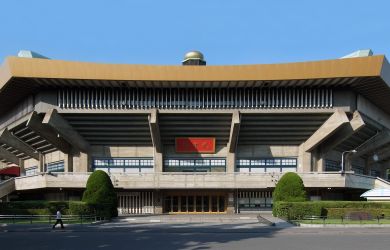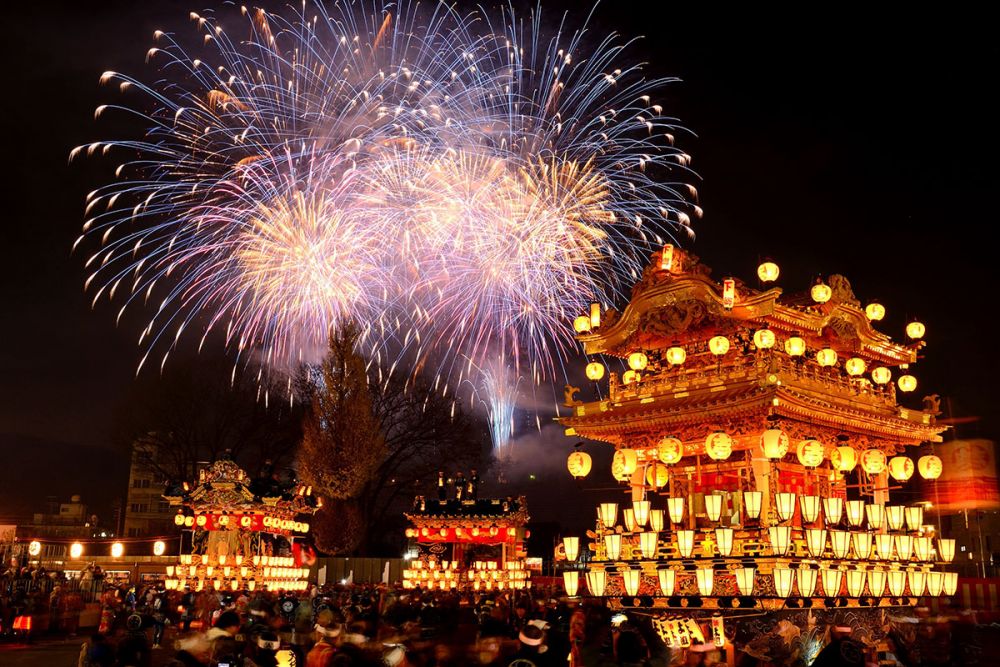
January 8
Tondoyaki at Torigoe Shrine
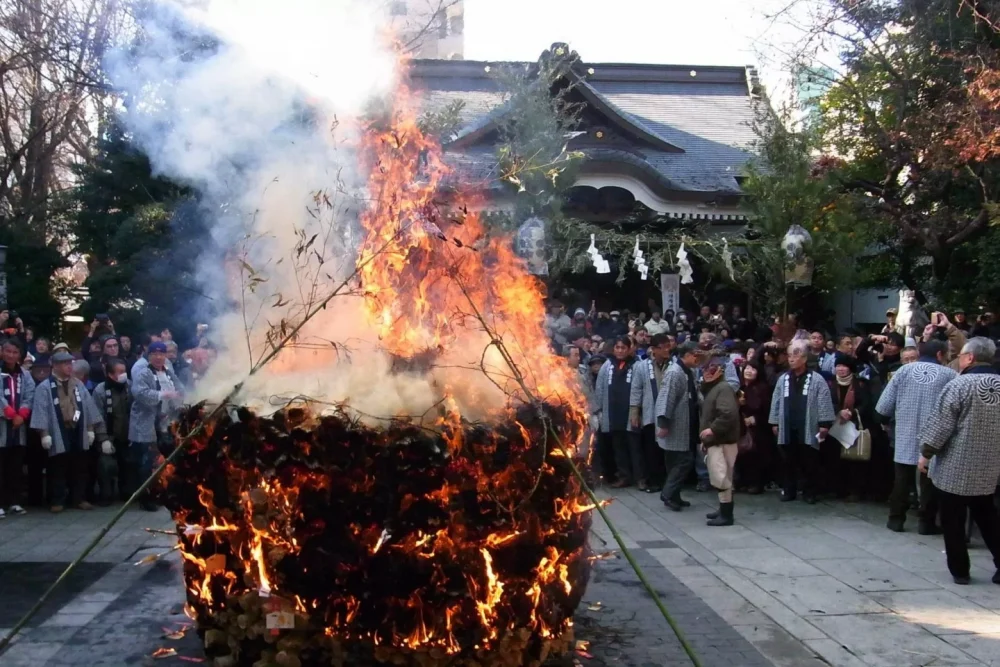
As the new year is born, throngs of luck seekers gather at Torigoe Shrine to send off vestiges of their past. This ceremonial burning, tondoyaki, sees citizens toss used holiday decorations into a roaring bonfire that serves to escort deities from this world to the next. The plumes of smoke that billow from the burn pile serve as good fortune to onlookers and participants alike. Whether discarding decorations or simply taking in the sights, all visitors are welcome to roast mochi over the sacred fire for an extra kiss of prosperity.
2-4-1 Torigoe, Taito-ku
From 1pm
Free entrance
Tokyo Skytree Town New Year’s Event
December 26 – January 8
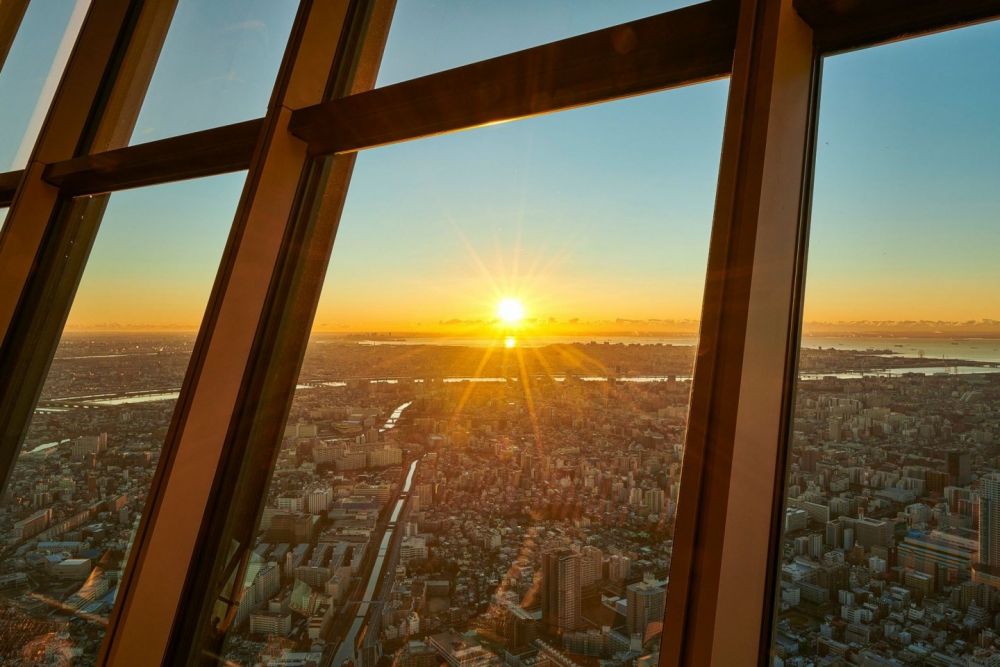
Hatsuhinode, the first sunrise of the year, is one of the most important events on the Japanese calendar. Where and how one should experience daybreak is an annual debate, but few can argue there’s a better location than the city’s skyline celebrity, Tokyo Skytree. Skytree is extending its usual operating hours so that visitors can witness the year’s first light from the highest viewpoint in the city. Tickets are available on a first-come, first-serve basis, so be sure to act quickly.
1-1-2 Oshiage, Sumida-ku
Time varies
Free entrance
Until December 25
Christmas Market at Yokohama Red Brick Warehouse
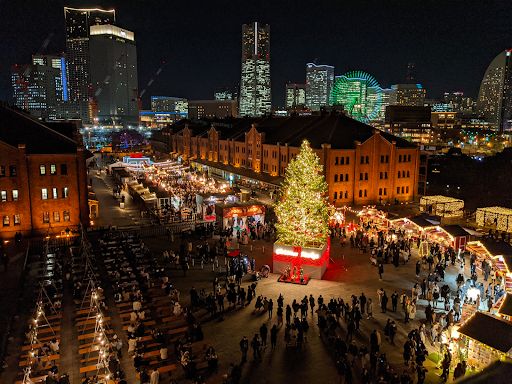
Christmas markets are synonymous with the holiday season in the city and none are grander or more famed than the annual exposition that pops up at the Yokohama Red Brick Warehouses. Here, you can experience an authentic European Christmas Market, complete with vendors selling traditional holiday trinkets, mulled wine, hot chocolate, and stollen, German Christmas bread. The center of the market even features a 10-meter Christmas tree that casts its warm glow over the wharf, leaving the entire event feeling merry and bright.
1-1 Shinko, Naka-ku, Yokohama
¥500
11am – 10pm
Early February (TBA)
Setsubun at Ikegami Honmonji
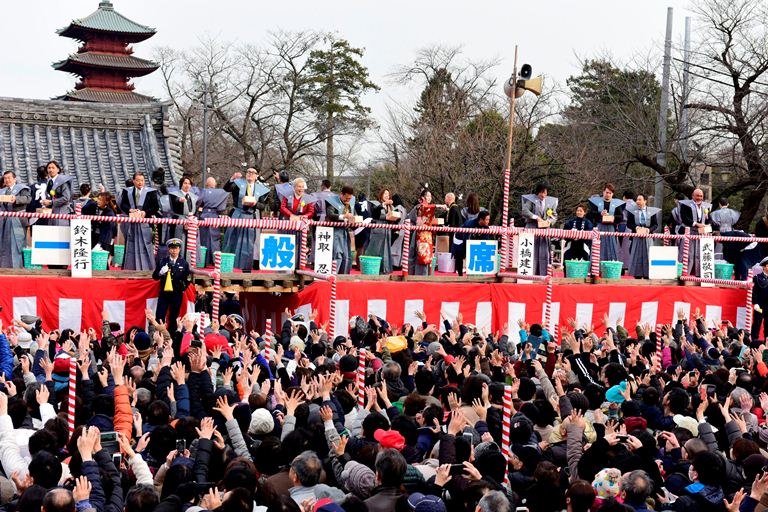
Winter ends, according to the Japanese lunar calendar, on setsubun no hi. One of the year’s whackiest and most wonderful holidays, setsubun sees daizu (dried soybeans) take on an outsize role in ferrying one’s luck from one season to the next. Ikegami Honmonji, Tokyo’s oldest pagoda, is famed for hosting the city’s premier setsubun festival. Along with traditional food vendors, amazake brewers, and honorific performances by local priests, attendees are likely to be pelted by showers of daizu as they celebrate the arrival of warmer months.
Ikegami Honmonji Temple
1-1 Ikegami, Ota
Free entrance
December 2 – December 3
Chichibu Yomatsuri
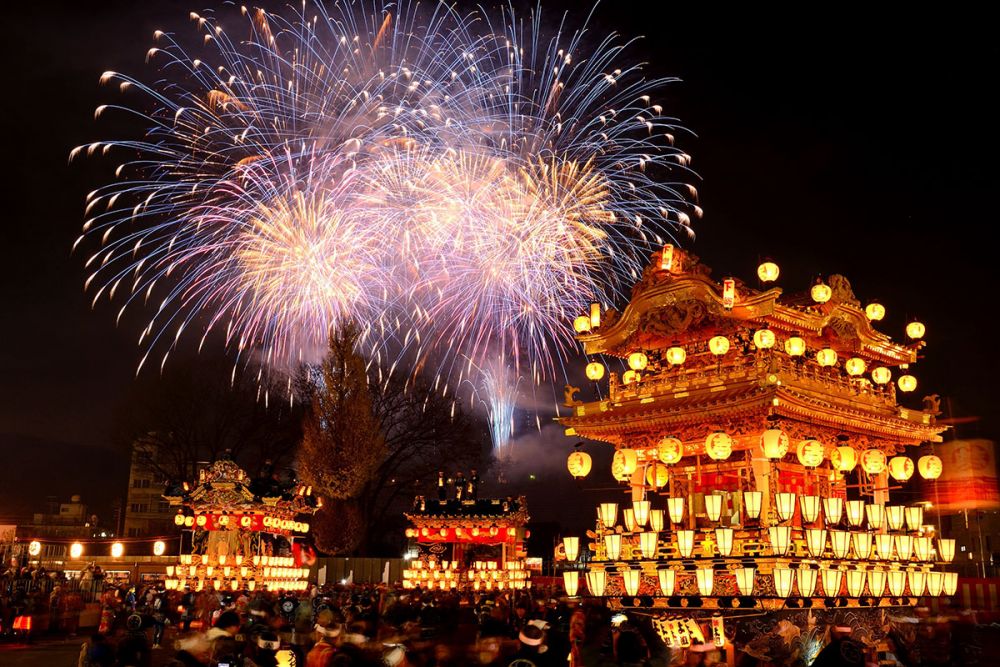
Over three centuries old, Chichibu Yomatsuri is one of Kanto’s most storied and celebrated festivals. The event stars six massive, lantern-adorned floats that parade down Banbamachi city streets before concluding their march at Chichibu Shrine. The entire event, considered one of the top three float festivals in Japan, culminates in a show that merges kabuki performances with a two-and-a-half-hour fireworks display.
2-8 Banbamachi, Chichibu
Free admission
5pm-10pm
Early January
Hashigo-nori
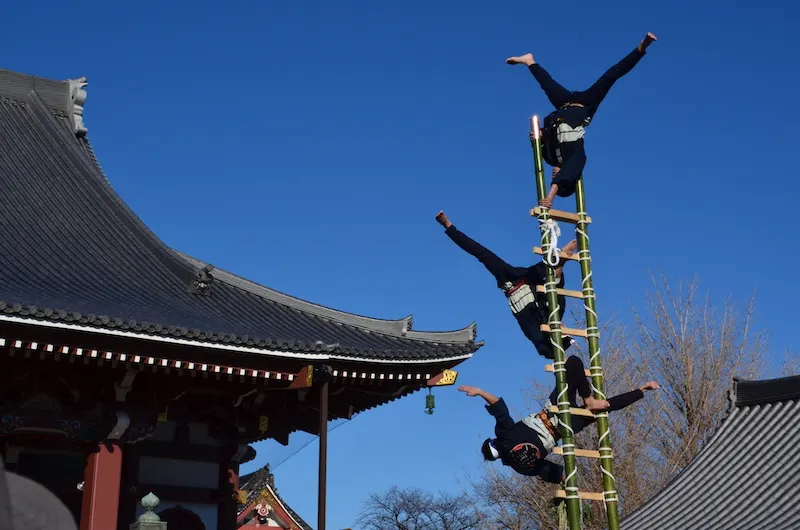
Ikegami Honmonji serves as the backdrop for hashigo-nori, a display of immense acrobatic skill and bravery. Inspired by Edo-era firefighters who scaled ladders to detect fires in the old city, the performance unfolds atop six-meter bamboo ladders, held in place by a ground crew using only hooked wooden poles. Event narration is provided in both Japanese and English, ensuring all visitors have an opportunity to enjoy the action. After the performance, attendees can explore an open-air market that operates from the hilltop temple’s base.
Ikegami Honmonji Ladder Climbing
1-1 Ikegami, Ota-ku
Free entrance
Mid February – Early March
Hanegi Plum Blossom Festival
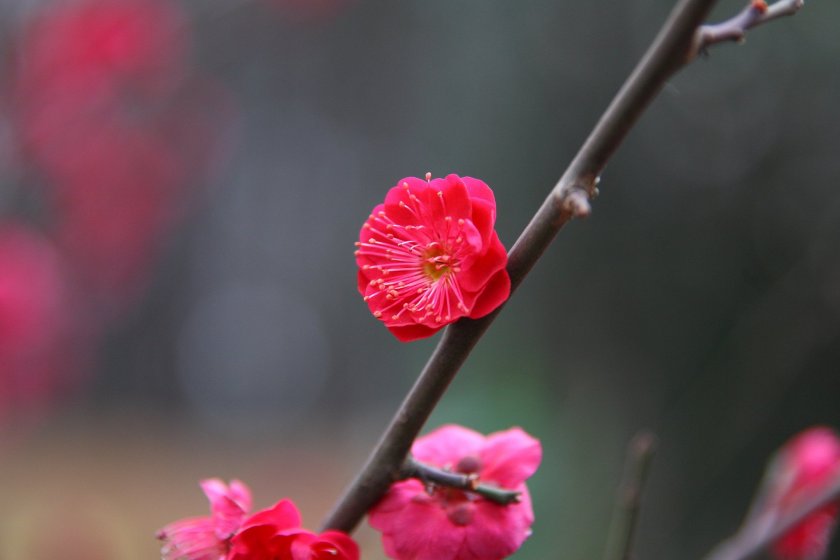
Smaller scale and more serene than spring’s hanami blowouts, plum blossom viewings offer flower seekers an intimate way to witness the changing of the seasons. Setagaya’s Hanegi Park hosts around 650 plum trees, making it a prime location for ume blossom enthusiasts. The park’s annual plum blossom festival is a delightfully traditional affair, featuring stringed instrument performances, haiku classes, tea ceremonies, and mochi pounding. There’s also ume flavored sweets and amazake on offer.
Hanegi Park
4-38-52 Daita, Setagaya-ku
Free entrance
February 3
Bean Throwing and Dance of the Seven Lucky Gods
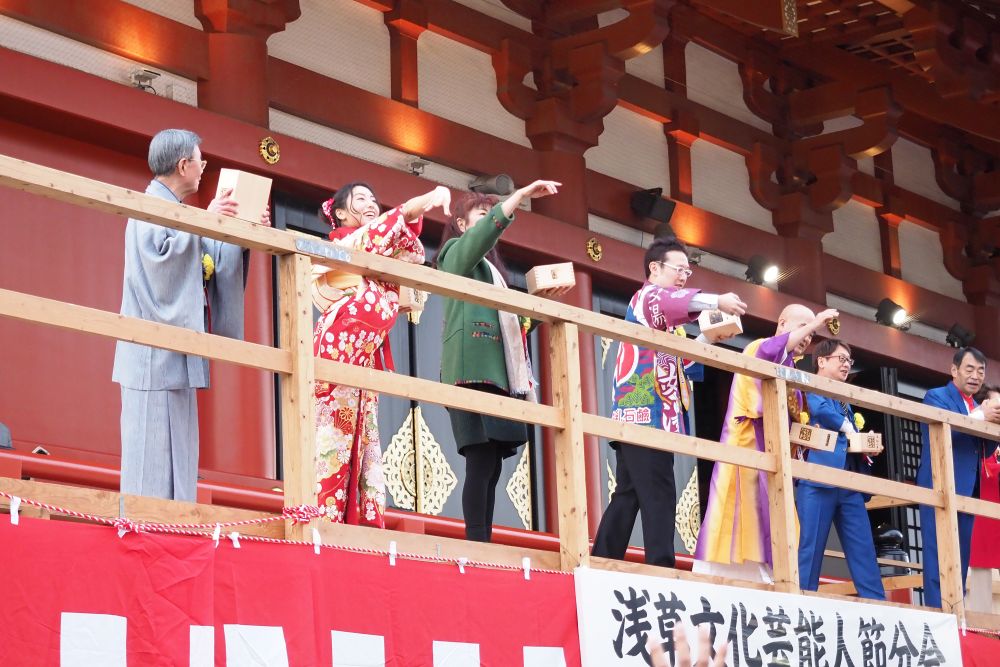
The annual setsubun festival at Senso-ji attracts massive crowds each year due to its unique take on the holiday. It is traditional on setsubun to cast dried soybeans at woeful oni that would see your luck run dry, but as there are no such demons near the Kannon temple, visitors can get right to work welcoming in as much good fortune as possible. After the soybeans are tossed, fukuju-no-mai, the dance of the seven lucky gods, attempts to seal in everyone’s luck for the season to come.
Senso-ji Temple, Asakusa
10am-2pm
Free entrance
January 22 – February 5
Chinese Spring Festival
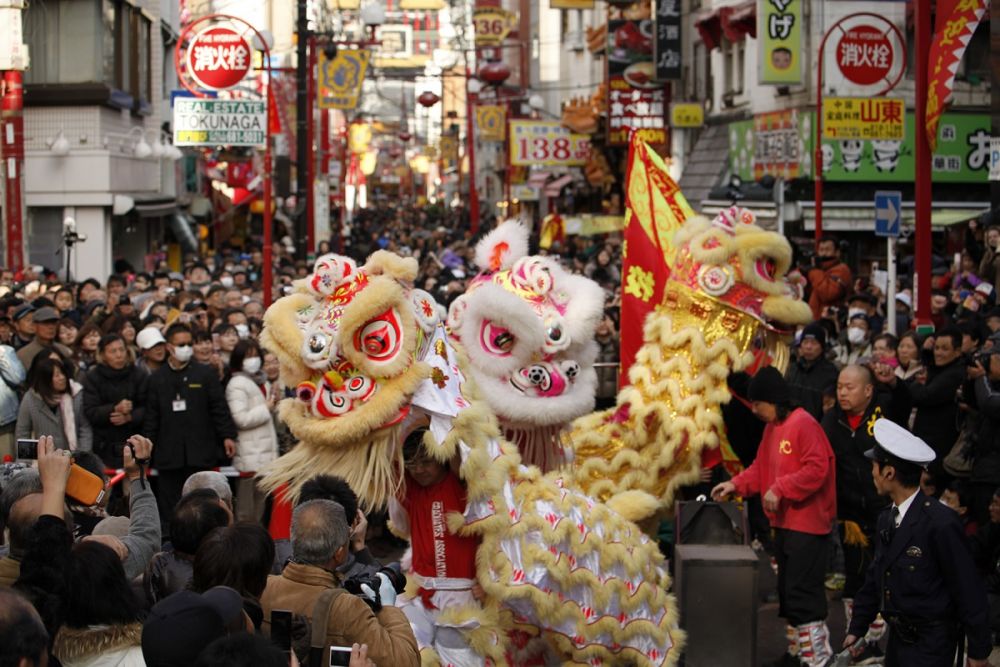
As Yokohama boasts Japan’s largest Chinese community, it is no surprise that its Chinatown plays host to the country’s largest and most vibrant Chinese Spring Festival. The festival’s line-up is packed with parades and performances, from lion dances and firecracker bursts down the streets of Chinatown to martial arts displays on the main stage in Yamashitacho Park. The weeks-long event ends with a lantern festival at Masobyo Temple, where visitors are encouraged to inscribe their New Year’s wishes on small paper lanterns.
Yamashitacho, Naka Ward, Yokohama
Free entrance

